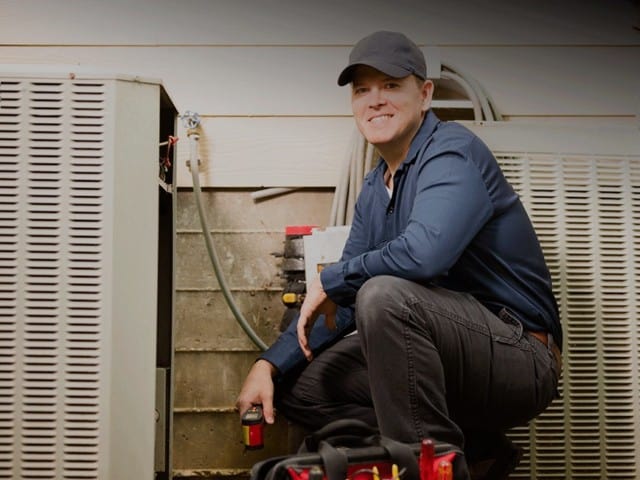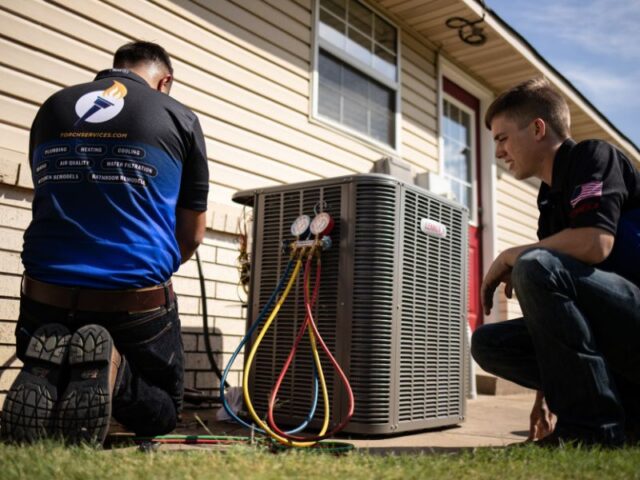In the world of modern conveniences, air conditioning has become an integral part of our daily lives, offering respite from sweltering heat. While many of us appreciate the cool breeze that emanates from our AC units, few understand the crucial role played by refrigerants in making this magic happen. In this article, we delve into the intricate dance between air conditioning and refrigerants, unraveling the secrets behind their functionality.
Understanding the Basics
Before we delve into the specifics, let’s establish a fundamental understanding of what refrigerants are and how they contribute to air conditioning. Refrigerants are chemicals that undergo a continuous cycle of evaporation and condensation within an air conditioning system. This cycle enables them to absorb heat from the indoor air and release it outside, creating a cooling effect inside your home or office.
The Key Players: Types of Refrigerants
Not all refrigerants are created equal. Over the years, different types of refrigerants have been developed, each with its own set of advantages and environmental impacts. Early refrigerants like CFCs (chlorofluorocarbons) posed a significant threat to the ozone layer, leading to the development of more eco-friendly alternatives like HFCs (hydrofluorocarbons) and HFOs (hydrofluoroolefins). The ongoing quest for sustainable solutions has even given rise to natural refrigerants like ammonia and carbon dioxide.
Energy Efficiency and Refrigerants
In the era of environmental consciousness, the energy efficiency of air conditioning systems is a critical consideration. The choice of refrigerant plays a pivotal role in determining the overall efficiency of an AC unit. Manufacturers are now leaning towards low-global-warming-potential (GWP) refrigerants that not only cool effectively but also minimize their impact on climate change. This shift towards eco-friendly options aligns with global efforts to combat climate change and reduce the carbon footprint of our cooling systems.

The Challenge of Refrigerant Phasing
As technology advances, so do the challenges associated with refrigerants. The phase-out of certain refrigerants, driven by environmental concerns, poses a challenge for manufacturers and consumers alike. The industry is adapting to these changes by developing new, sustainable alternatives and retrofitting existing systems. Understanding these phasing challenges is crucial for anyone looking to invest in a future-proof air conditioning system. If you are looking for HVAC contractors, you can visit their page to learn more.
Future Trends in Refrigerants and Air Conditioning
Looking ahead, the landscape of refrigerants and air conditioning is poised for further transformation. The industry is witnessing a surge in research and development aimed at creating next-generation refrigerants with even lower environmental impact. Additionally, smart technologies are being integrated into air conditioning systems, optimizing their performance and enhancing energy efficiency.
Conclusion
In conclusion, the role of refrigerants in air conditioning functionality is a fascinating interplay of science, technology, and environmental responsibility. As consumers, being aware of the types of refrigerants used in our AC units empowers us to make environmentally conscious choices. The evolution of refrigerants reflects a broader commitment to sustainability in the face of climate change.

